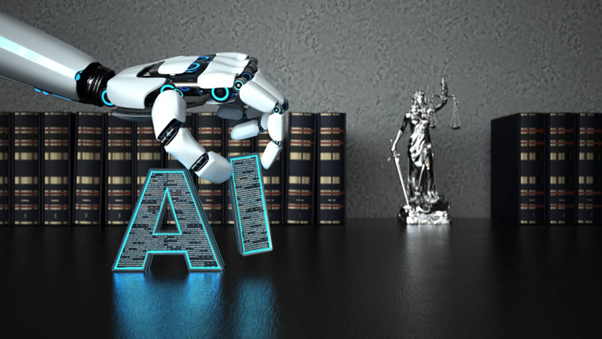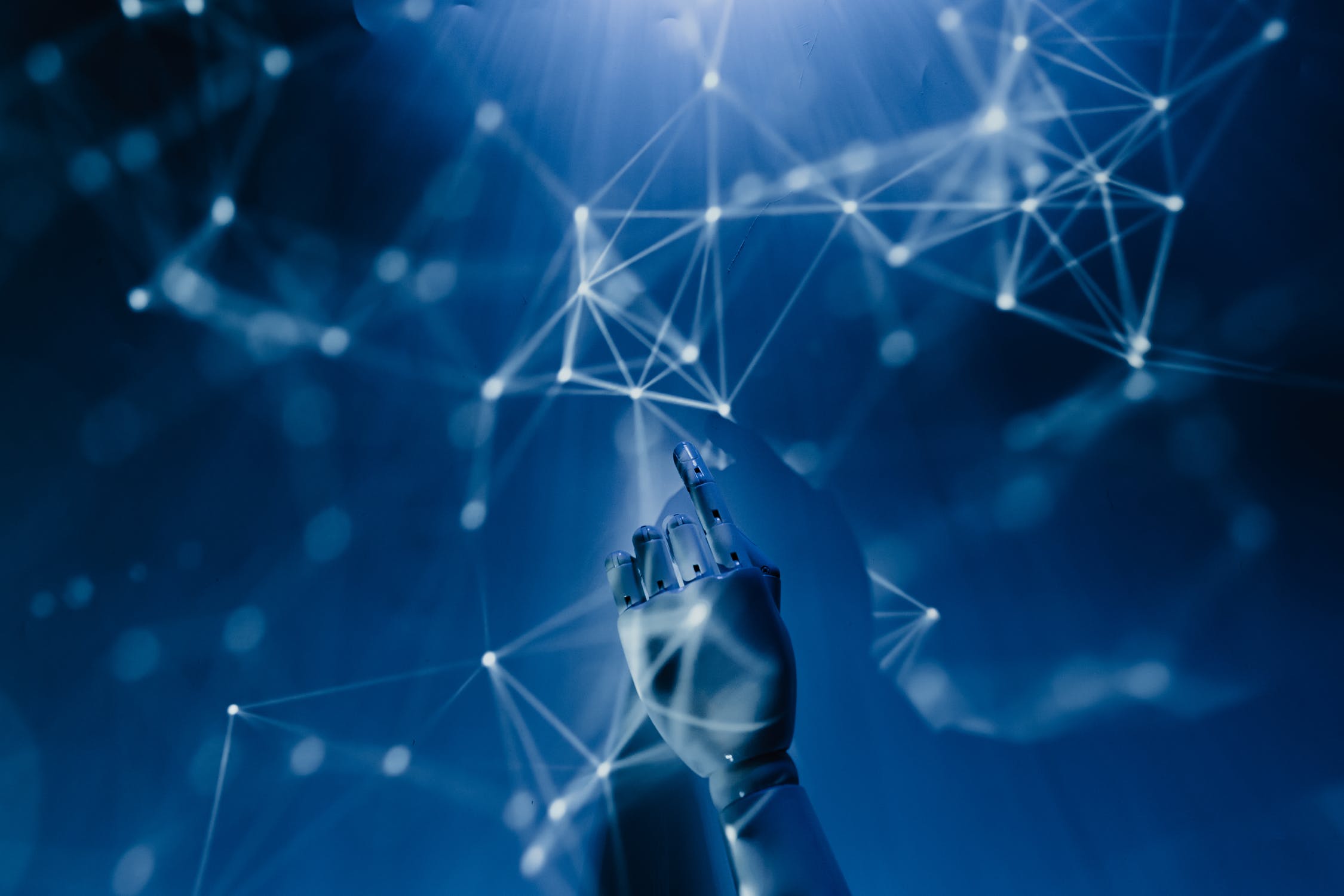Although advances in artificial intelligence have been incredible, there are still many things that machines cannot do. For example, they have yet to achieve the same learning capabilities as humans. They are not yet capable of performing tasks requiring a high level of intelligence, such as creative problem-solving.
Another limit of artificial intelligence is its ability to make decisions. Although machines can perform very complex calculations, they are not yet capable of evaluating all the factors involved in a decision and making the best possible one. However, again, this is something that only humans can do.
Although artificial intelligence has many limits, it is essential to note that these limits are changing rapidly due to technological advances. In the future, we will likely see machines that are much smarter than today.
What impact will artificial intelligence have in the future?

It is currently having a significant impact on our lives, likely to intensify. However, some experts claim that artificial intelligence could threaten humanity, as machines could become more intelligent than humans. Others, on the other hand, argue that it will be a boon to humans, enabling us to perform tasks more efficiently and helping us to solve complex problems.
It is also changing the employment landscape significantly; it could eliminate the need for many jobs, as machines would be able to perform these tasks more efficiently. O It will also help create new jobs, as more people will be needed to develop and oversee these technologies.
In any case, it is essential to keep in mind that artificial intelligence is having a significant impact on the world of work and that these changes will intensify in the future. Therefore, workers must adapt to these new work environments and be willing to learn new skills. In this way, they will be able to take full advantage of the opportunities offered by these new technologies.
It is also having a significant impact on the field of education. For example, it could improve quality, as machines would be able to provide personalized education to each student. Alternatively, it could hurt education, as it could create a gap between students with access to these technologies and those without access.
In this way, they will be able to ensure that all students can benefit from the opportunities offered by these new technologies.
Sources:
https://www.mdpi.com/2071-1050/11/1/189
https://link.springer.com/book/10.1007/978-981-13-1819-1?noAccess=true
https://ieeexplore.ieee.org/abstract/document/9200511
